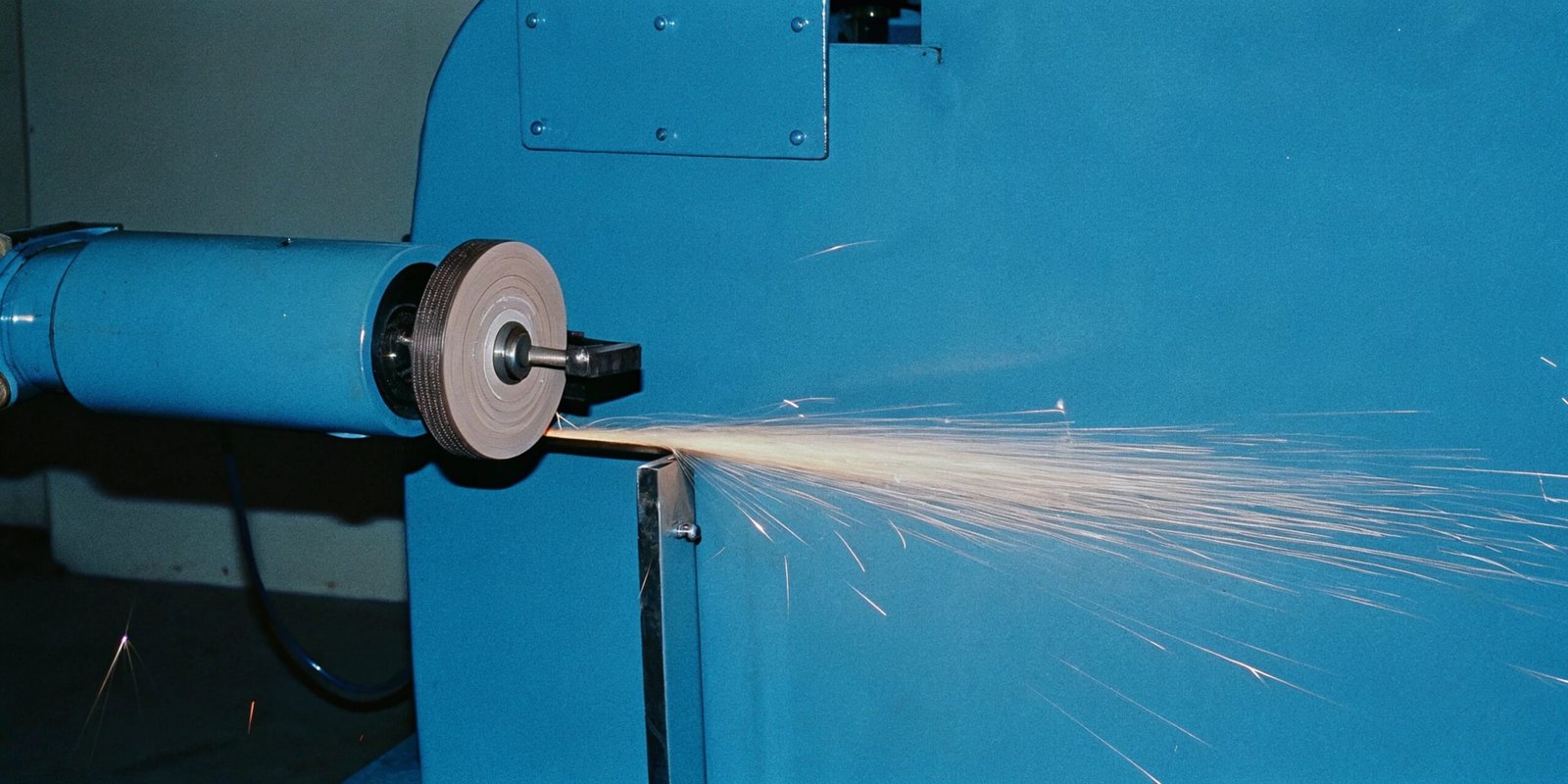
Worried about your workshop’s electricity bills? Grinding machines are powerful, but their energy use can be a hidden cost that eats away at your profits and overall efficiency.
Yes, all powered grinding machines use energy, most commonly electrical energy. This electricity is converted into mechanical energy to spin the grinding wheel and perform the work of removing material. The amount of energy used depends on the machine’s size, power, and how hard it is working.
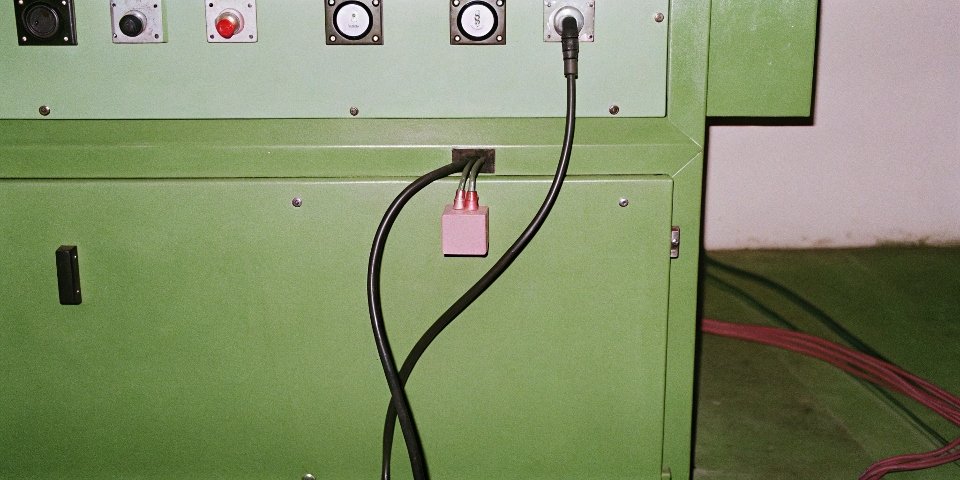
The fact that grinders use energy is a simple matter of physics. Anytime you do work—like using an abrasive wheel to remove hard metal from a workpiece—you need an energy source to make it happen. It’s a direct application of the law of energy conservation1. In my nearly three decades running a grinding wheel2 factory, I have learned that understanding how and how much energy is used is the key to controlling operational costs3 and optimizing the entire production process. Let’s break down exactly what that means for your shop floor.
What energy does a grinding machine use?
Wondering what powers your grinding process? It is not just about plugging the machine in; that electricity transforms into different forms of energy to get the job done correctly.
Grinding machines primarily use electrical energy from the main power supply. This is converted into mechanical energy to rotate the wheel and move the workpiece. Heat and sound energy are also produced as byproducts of the friction and material removal process.
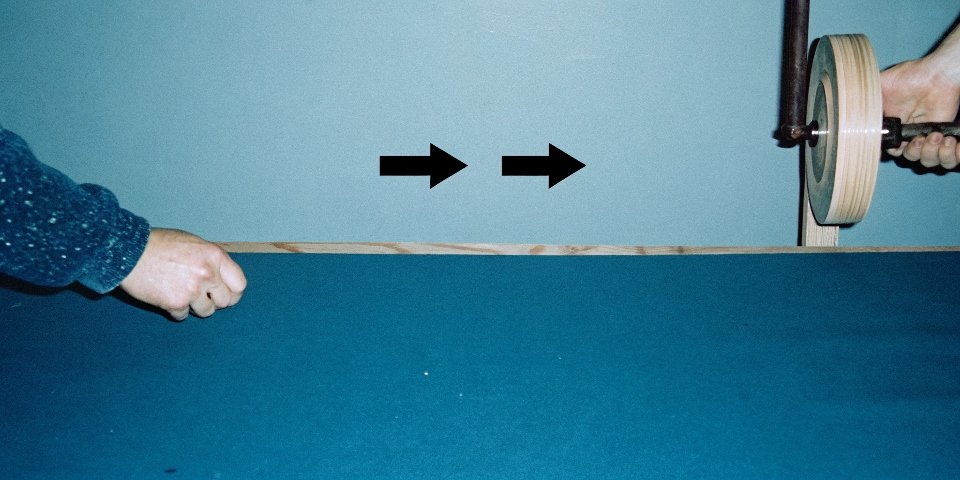
The core concept here is energy conversion. Energy is never created or destroyed; it just changes form. When you switch on a grinding machine, you start a clear chain of energy transformation4s that is essential to the process.
The Energy Transformation Chain
First, electrical energy flows from the wall socket into the machine’s electric motor. This is the input that powers the entire system. The motor then does its job by converting this electricity into mechanical energy. This is the useful work we see and need: the high-speed rotation of the grinding wheel and the precise movement of the machine’s tables. This mechanical force is what allows our abrasive wheels to cut, shape, and finish a part. However, no process is ever 100% efficient. The intense friction between the spinning wheel and the workpiece creates immense thermal energy (heat). We see this as the bright shower of sparks. Sound energy is also created as an audible byproduct. These are technically energy "losses," but the heat is a necessary and unavoidable part of abrasive machining.
| Energy Type | Role in Grinding |
|---|---|
| Electrical Energy | Input Power: The primary source from the electrical mains. |
| Mechanical Energy | Useful Work: The rotation of the wheel and movement of the machine. |
| Thermal Energy (Heat) | Byproduct: Generated by friction, seen as sparks and a hot workpiece. |
| Sound Energy | Byproduct: The noise produced during the grinding operation. |
How much electricity does a grinder consume?
Trying to budget your operational costs? The electricity usage of a grinder can vary wildly from tool to tool, making it difficult to predict your monthly factory power bill.
Electricity consumption is measured in kilowatt-hours (kWh). A small 1kW angle grinder running for one hour uses 1 kWh. A large 30kW industrial surface grinder could use 30 kWh in an hour under full load. The final consumption depends entirely on the machine’s power rating and how long it is used.
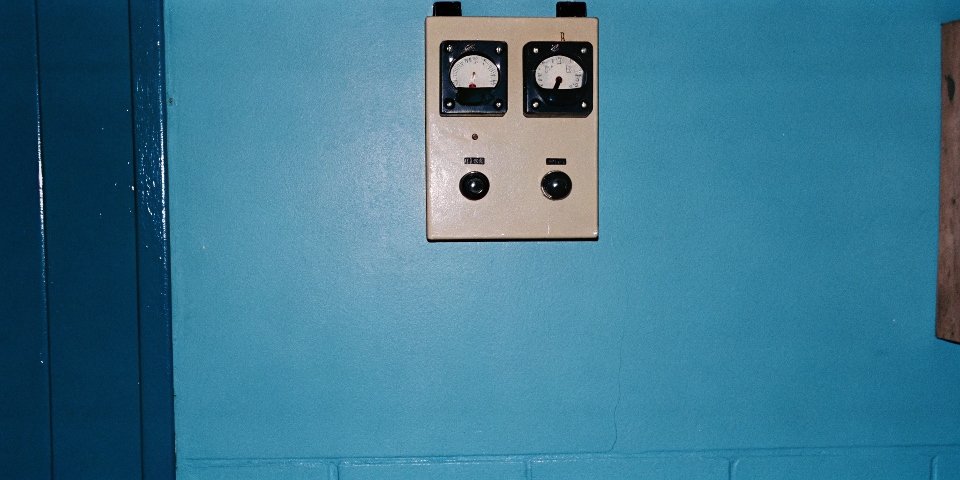
This is a critical question for any purchasing manager or factory owner because it directly impacts the bottom line. The simple answer is, "it depends." Several key factors determine exactly how much electricity your grinding operation will consume.
Factors Influencing Power Consumption
The first factor is the machine’s power rating, measured in kilowatts (kW). This is the biggest driver of consumption. Second is the load on the machine. A grinder running idle uses very little power, but a machine taking a deep cut into hard steel will draw much more power. Grinding harder materials requires more force and therefore more energy. Finally, the condition of the grinding wheel is crucial. A dull or glazed wheel forces the motor to work harder, which increases electricity use. This is why using high-quality wheels from a reliable supplier like us is more cost-effective. They cut efficiently, reducing motor strain and saving energy.
| Machine Type | Typical Power Rating | Consumption per Hour (Full Load) |
|---|---|---|
| Handheld Angle Grinder | 0.8 – 2.5 kW | 0.8 – 2.5 kWh |
| Bench Grinder | 0.3 – 1.0 kW | 0.3 – 1.0 kWh |
| Industrial Surface Grinder | 5 – 30 kW | 5 – 30 kWh |
| Large CNC Grinder | 20 – 75+ kW | 20 – 75+ kWh |
What type of energy is a grinder defined by?
Describing a grinder can be confusing. Is it an electrical tool, a mechanical tool, or a thermal process? Misunderstanding its core function can lead to inefficient use and maintenance.
A grinder is best defined as a converter of electrical to mechanical energy. While it uses electricity and produces significant heat, its primary purpose and function are rooted in the mechanical action of its abrasive wheel to remove material.
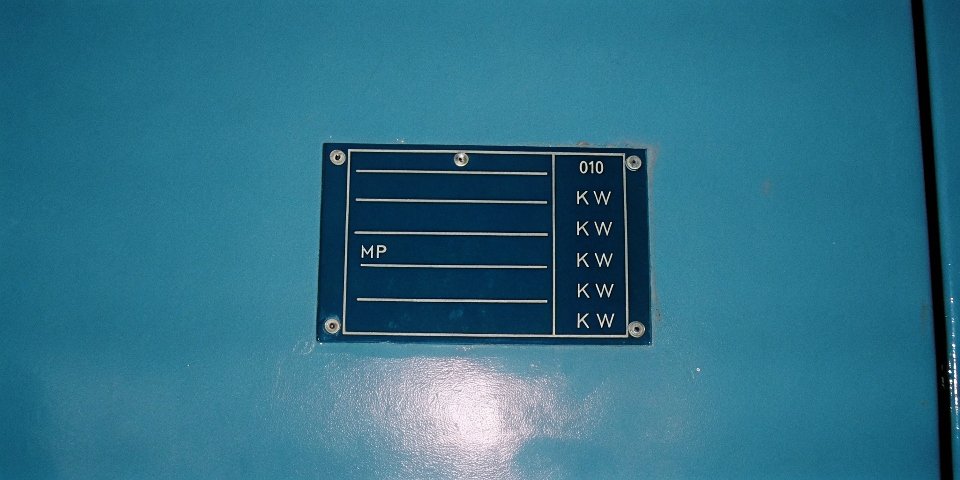
This question is really about how we classify the machine based on its function. From a power source viewpoint, it is an electrical device. It is useless without being plugged in. From a functional viewpoint, however, it is a mechanical device. Its entire purpose is to produce physical motion and apply force to a workpiece to change its shape. The heat it produces is a major byproduct, but it is not the main goal. You do not use a grinder to heat up a part; you use it to precisely shape that part. In my years of experience, the most useful way to think about it is as an electromechanical system. This mindset reminds us that both the motor’s health (the electrical component) and the grinding wheel’s condition (the mechanical component) are equally vital for performance. A powerful motor with a low-quality wheel is inefficient. A great wheel on a weak motor is just as bad. The entire system must work together in harmony.
How much power does a grinder take?
You are looking at a spec sheet, but the motor’s power rating in kilowatts (kW) does not tell the whole story. What does that number actually mean for performance and cost?
The power a grinder takes is its power rating, measured in kilowatts (kW) or horsepower (HP). A small angle grinder might take 1 kW (1.34 HP), while a large industrial machine can take 30 kW (40 HP) or more. This rating represents the machine’s maximum rate of energy consumption.
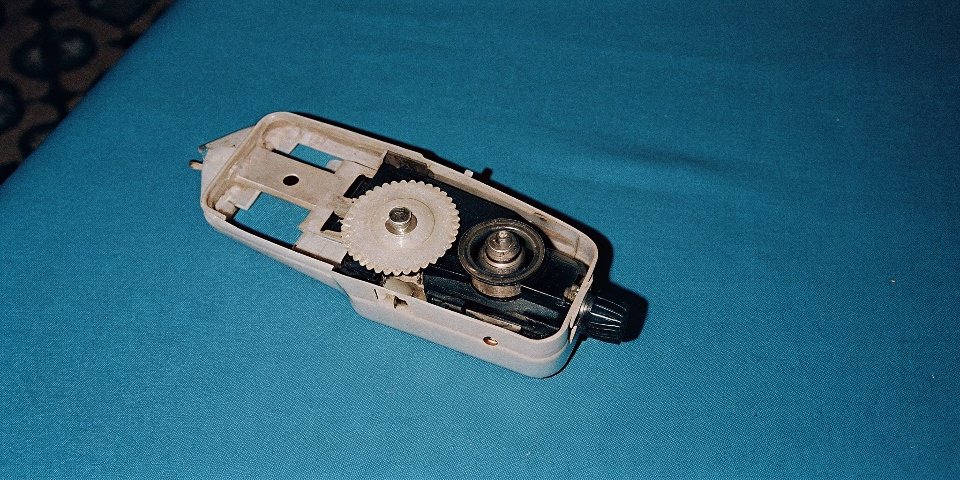
For a technical buyer, understanding the difference between power and energy is extremely important. They sound similar, but they describe two different things.
Understanding Power (kW) vs. Energy (kWh)
Power (Kilowatts, kW) is the rate at which the machine uses energy. Think of it as its strength or speed of energy use. A 20 kW machine has the potential to work twice as hard as a 10 kW machine. This number on the spec sheet tells you its capability.
Energy (Kilowatt-hours, kWh) is the total amount of electricity consumed over a period of time. This is what you actually pay for on your utility bill. It is calculated by multiplying the power used by the time it was used (Power in kW × Time in hours). For example, a powerful machine that finishes a job quickly might use less total energy than a weaker machine that has to run for much longer to do the same job.
| Comparison | Machine A | Machine B |
|---|---|---|
| Power Rating | 20 kW (More Powerful) | 10 kW (Less Powerful) |
| Run Time for Job | 1 Hour | 3 Hours |
| Total Energy Used | 20 kW × 1 hr = 20 kWh | 10 kW × 3 hrs = 30 kWh |
In this case, the less powerful Machine B ended up being more expensive to run for that specific task because it took much longer. This shows why power, efficiency and cycle times are all connected.
Conclusion
Grinding machines convert electrical into mechanical energy. Consumption depends on power and use, so efficient operation with quality abrasives is key to managing costs and optimizing performance.
-
Learn about energy conservation principles to optimize your manufacturing processes and reduce costs. ↩
-
Explore the various types of grinding wheels and their applications to improve your grinding processes. ↩
-
Explore strategies to manage operational costs effectively, ensuring profitability in your manufacturing. ↩
-
This resource explains energy transformation processes, vital for understanding machine efficiency. ↩
Written by
leeon
You may also be interested in:
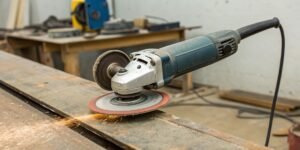
What is an angle grinder?
Are you confused by this powerful, versatile tool? You see it everywhere but are not sure what it does or if you need one. Getting
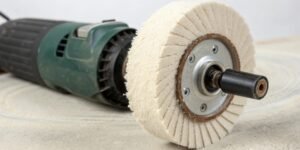
What is a buffing wheel used for?
Dull, scratched surfaces can ruin your products. This costs time and money. A buffing wheel is your tool to restore that perfect, professional finish everyone
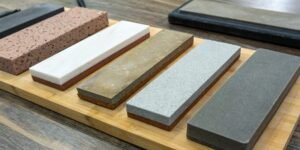
What is the best type of sharpening stone for kitchen knives?
Your kitchen knives are getting dull, making simple tasks like slicing a tomato a frustrating chore. A dull knife is a dangerous knife, but choosing
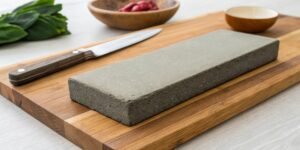
What is a good sharpening stone for my knives?
A dull knife is frustrating and can be unsafe. But with so many sharpening stones available, choosing the right one feels overwhelming. I will help
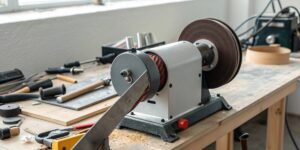
What belt grinder should a (beginner) knife maker own?
Starting knife making is exciting, but choosing the right grinder is overwhelming. The wrong one ruins projects and wastes money. This guide simplifies picking the

How do you cut welds with a grinder?
You have a rough weld that needs removing, but you’re worried about damaging the metal or getting hurt. Using an angle grinder correctly is the
